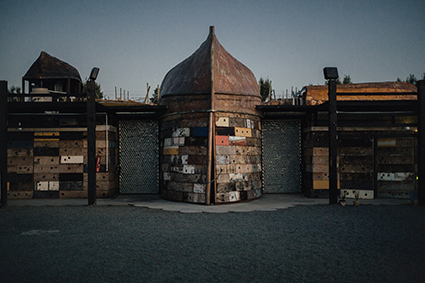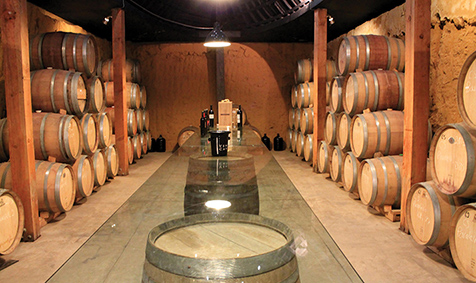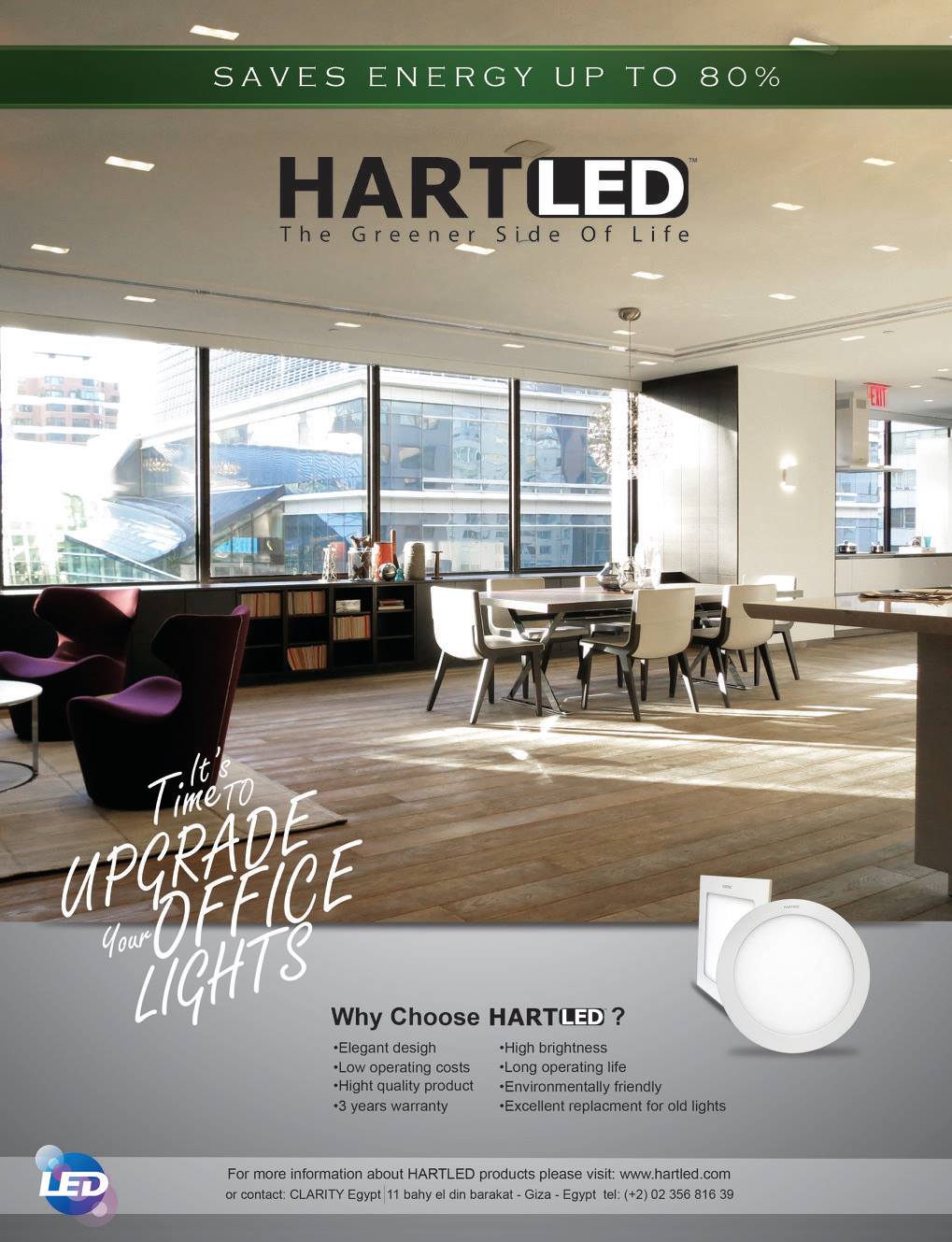Reclaiming Chic
By Kate Dannies
Vena Cava Winery is D’Acosta and Turrent’s interpretation of a repurposing: taking materials that have already served a purpose and reuse them for a different purpose in a different context. They managed to transform worn-out and used materials into a thing of beauty, all while pushing the limits of the classic vineyard design and production layout.
The bulk of the winery’s construction materials came straight from the earth, with D’Acosta and Turrent making good use of their junkyard sourcing and salvaging skills finding large amounts of wood, glass and metal. The materials they were able to procure dictated the final design, a perfect example of sustainable design paired with creative construction.

Completed in 2012 with the help of architect Miguel Cuesta and Contextual Architecture Workshop, the end result made all of the hard work worth it: earthen walls blend seamlessly with wood, glass and metal accents. Old boats from Ensenada Port are used as cathedral-style roofs for underground buildings and Christmas lights decorate the cellars inside.

Located 12 miles outside of Ensenada, the vineyard was started by Phil Gregory, who also owns and runs a luxury resort hotel Villa de la Valle in Guadalupe Valley. The vineyard is constructed in a radial pattern minimizing the distance from the vines to grapes and making production more efficient. The desert valley climate offers an interesting microclimate for grapes with excellent soil quality and gentle night-time sea breezes. In production for four years, the sustainable organic winery specializes in full-bodied Cabernets and earthy Tempernillos.

Vena Cava is more than just a winery: it is a work of art shaped by the aesthetic of the surrounding environment, the owners and the architects. Sustainable and beautiful facilities such as the Vena Cava Winery are the way of the future in craft production, where business owners and homeowners alike are exploring the possibilities in repurposed, environmentally friendly architecture.



